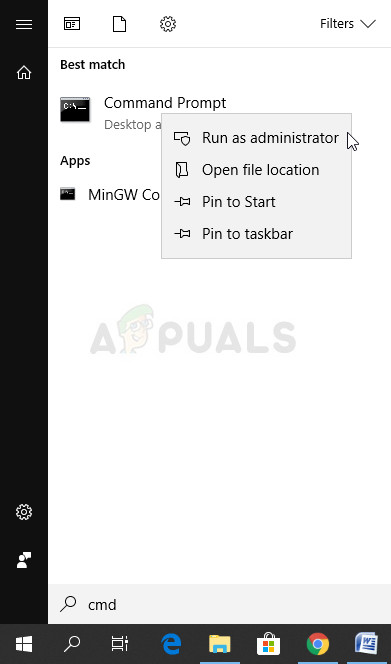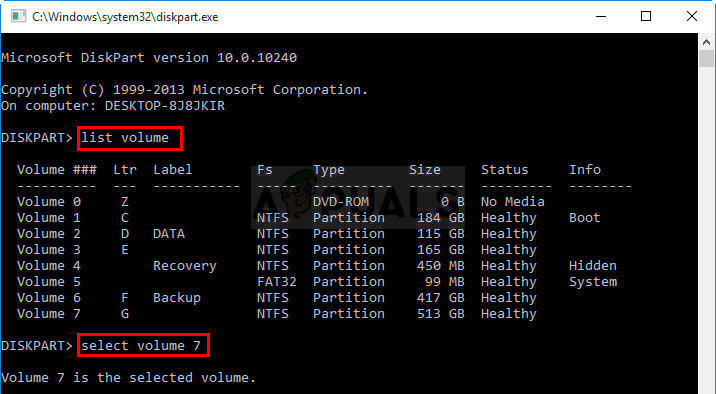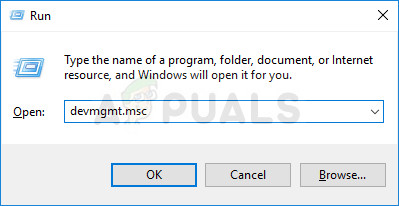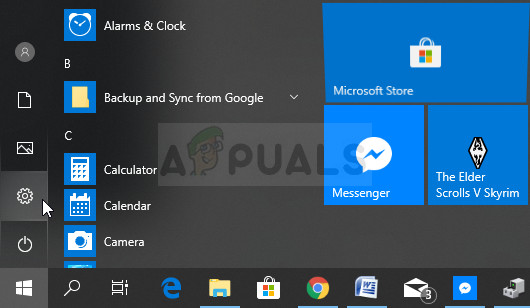Fix: Windows Media Creation Tool Can’t Find USB
Windows 10 Media Creation is a tool made by Microsoft which makes the process of burning Windows 10 to a USB or a DVD drive, as well as updating the said computer to Windows 10 easier for users.

The “We can’t find USB” error appears after you have already chosen that you want to use a USB device to create a Windows 10 ISO USB and you are now supposed to choose the USB for the installation. It appears that something might be wrong with the USB or the tool so you might want to check out the working methods we have prepared below!
Initial Preparation
This section is related to easy methods for specific scenarios which may solve your problems in no time or display a solution which can be universal to a group of users.
Many users have reported that they experienced this issue exclusively with SanDisk USB drive. It seems that they were able to solve this problem simply by using a different USB device.
The reason this is placed as the first solution is that you might not be able to solve this problem in any other way without replacing your USB drive. If you are not using a SanDisk USB drive, please check out the rest of our solutions below.
Also, if you have a spare USB drive, when you see that your first USB drive (the one you want to use) is unrecognized in the Windows 10 ISO setup, plug in the second one. For some users, this actually helped and the second USB drive triggered the first one to appear as well!
Solution 1: Clean the USB Drive Using Diskpart
Diskpart is a tool built-into the Windows operating system which helps users manage disks and partitions installed on it. It can help you manage, rename, or format the drivers you have connected to your computer.
You can use this tool easily to prepare your USB drive for the installation. The cleaning process is somewhat different than the usual formatting so we recommend you try out this method. However, you will have to be extremely careful when locating the name and the number next to your USB drive!
- You can easily open Command Prompt simply by clicking the Start menu or the Search bar next to it and type in “cmd” or “Command Prompt”. Right-click on the Command Prompt result at the top and choose the Run as administrator option.

- At this command prompt window, type in simply “diskpart” in a new line and click the Enter key in order to run this command.
- This will change the Command Prompt window to enable you to run various Diskpart commands. The first one you will run is the one which will enable you to see the complete list of all available volumes. Type this in and make sure you click Enter afterwards:
DISKPART> list volume

- Make sure you choose your USB drive carefully, depending on which number is assigned to it in the list of volumes. Let’s say that its number is 1. Now run the following command in order to select your USB drive:
DISKPART> select volume 1
- A message should appear saying something like “Volume 1 is the selected volume”.
Note: If you are unsure about which drive number belongs to your USB device, the easiest way to do so is to check its size at the right pane. If your USB is, for example, 8GB, you will be able to see that its size is at least 6.5GB.
- In order to clean this volume, all you need to do is to type in the command displayed below, click the Enter key afterwards, and stay patient for the process to complete. The process should now be successful for a change. This will also create an empty primary partition and add it to the top and the last command will exit Command Prompt.
Clean Create Partition Primary Exit
This might do the trick for you, but it’s still recommended to format your drive using the usual method in Windows which is somewhat easier to accomplish using regular Windows tools. Follow the set of steps presented below in order to format your USB drive you want to use for Windows 10 ISO media.
- Open your Libraries option or open any folder on your computer and click on This PC option. If you are using an older version of Windows (Windows 7 and older), simply open My Computer from your Desktop.
- Right-click on the USB Removable Drive you want to format and choose the Format… option from the context menu which will appear.

- A small window should open up titles Format so make sure you click on the menu under File system and choose the FAT32 file system if it’s not already selected. Click on Format and be patient for the process to finish. Try to run the Windows ISO setup again and check to see if you USB device is now recognized.
Solution 2: Update Your USB Drivers
Sometimes there are issues with the ISO drive creation and the USB ports you have installed on your computer and you should definitely consider updating the drivers related to them as the concept of Windows 10 ISO is relatively new so your drivers should keep up.
- Click on the Start button, type Device Manager, and select it from the top of the suggestions window. If you are using an older version of Windows (older than Windows 7), use the Windows Key + R key combination on your keyboard, type in “devmgmt.msc” in the Run dialog box, and click OK.

- Expand the Universal Serial Bus controllers section at the very bottom of the Device Manager window, right-click on entries beginning with Intel(R) or at least the ones with non-generic names, and choose the Update Driver option from the context menu.

- Select Search automatically for updated driver software and wait for Windows to search for a new driver.
- If Windows doesn’t find a new driver, you can try looking for one on the device manufacturer’s website and follow their instructions.
Note: If you are using Windows 10 on your computer, latest drivers for built-in devices are often installed alongside cummulative Windows updates so make sure you keep your computer up to date at all costs. Windows Update is perfomed automatically on Windows 10 but you can check for new updates by following the instructions below for a new update.
- Use the Windows Key + I key combination on your keyboard in order to open Settings on your Windows computer. Alternatively, you can search for “Settings” by using the search bar on the Taskbar or the Start menu or you can click the gear icon at the bottom left part.

- Locate and open the “Update & security” section in the Settings app.
- Stay in the Windows Update tab and click on the Check for updates under the Update status in order to check whether there is a new build of Windows available.

- If there is one, Windows should proceed with the download process and you will be prompted to restart your computer in order to complete the update.
Solution 3: Use Rufus to Create a Bootable Drive
Users have reported that, after failing to create a USB bootable device using any other method or solution, they have tried using a simple tool called Rufus. It can perform the same process easily and you won’t have to prolong the process. The only thing it lacks is beautiful design but that is probably not the point anyway.
- You can download Rufus from this website. Scroll down towards the Download button and download the latest version. Open the file you downloaded and you can simply open it without installation.
- Under the Device section, click on the drop-down menu and choose your USB device from the list. This time, you shouldn’t have problems about the USB.

- Under the Partition scheme and target system type, make sure you choose the GPT partition scheme for UEFI and leave the File system option as FAT32. Leave the Cluster size to default.
- Check the Create a bootable disk option and leave the radio button next to Standard Windows installation. At the right part of this option, click on the disk icon and choose your .iso file containing Windows 10 installation.

- After that, click on Start, and wait for the process to finish. After it’s done, you will now have your USB device ready for use with Windows 10 on it!





